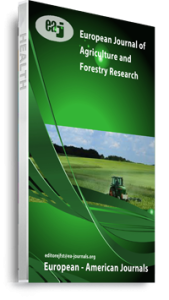The broad objective of the study was to evaluate the efficiency of agricultural lending schemes in Nigeria with a view to determining their impact on output and income of beneficiaries. The study was carried out in Benue, Kwara, Kaduna, Abia, Anambra, Rivers, and Ogun states respectively. The method of proportionate random sampling was used in selecting 185 borrowers who are registered with their state Agricultural Development Programmes (ADP’s). The sampling frame comprised all the registered ADP farmers in the surveyed states who took agricultural loan. Data collected were analyzed using frequencies, percentages, means, and multiple linear regression analysis. The results of the study showed that both small and medium scale farmers are efficient in the use of farm inputs, but small scale farmers are technically more efficient than medium scale farmers. Borrowers with secondary or tertiary education were efficient in inputs use, but borrowers with tertiary education were technically more efficient than borrowers with secondary education. The efficient lending schemes in Nigeria are ACGSF and CACS, but ACGSF was technically more efficient than CACS. It was recommended that the government should continue to fund farmers in Nigeria through ACGSF and CACS.
Keywords: Agriculture, Efficiency, Lending Schemes, Nigeria

